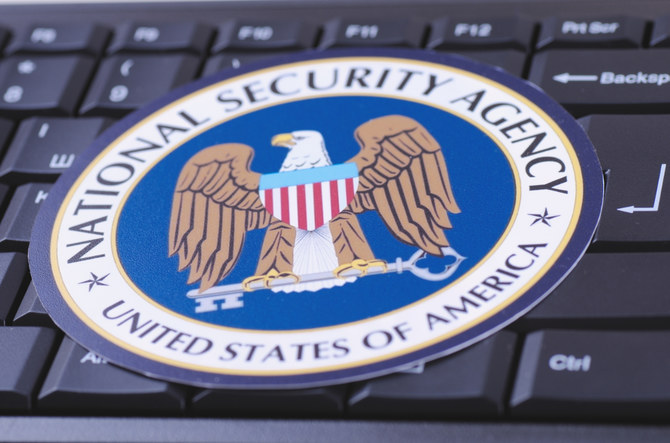
In an unprecedented move, cyber agencies from the United States, the United Kingdom, and 16 other countries have joined forces to release comprehensive guidelines on cybersecurity measures. These guidelines are specifically tailored for artificial intelligence (AI) companies, aiming to fortify their defenses against unwanted interference. This collaborative effort marks a significant milestone in the global initiative to enhance the security of AI systems.
The Urgency of Cybersecurity in the AI Landscape
The rapid evolution of artificial intelligence has opened new frontiers of innovation and efficiency, but it has also brought forth new challenges in terms of cybersecurity. With AI becoming increasingly integrated into various sectors, from healthcare to finance, the potential risks of interference and malicious activities have escalated. Recognizing the urgency of addressing these concerns, cyber agencies from diverse nations have come together to provide a unified front against cyber threats.
Unveiling the Guidelines
The guidelines set forth by the cyber agencies emphasize a multifaceted approach to cybersecurity. They delve into various aspects, from robust encryption protocols to stringent access controls, with the overarching goal of ensuring the integrity and resilience of AI systems. The document outlines specific measures that AI companies should implement to safeguard their technologies from unwanted interference.
Key Focus Areas
1. Encryption Protocols
One of the central pillars of the guidelines revolves around the implementation of state-of-the-art encryption protocols. These protocols are designed to protect sensitive data and communication channels from unauthorized access. By adhering to advanced encryption standards, AI companies can create an additional layer of defense against potential cyber threats.
2. Access Controls and Authentication
Controlling access to AI systems is highlighted as a critical aspect of cybersecurity. The guidelines stress the importance of robust access controls and multi-factor authentication mechanisms. This approach aims to prevent unauthorized individuals from gaining access to crucial AI infrastructure, reducing the risk of interference.
3. Regular Security Audits
To maintain a proactive stance against potential threats, the guidelines recommend regular security audits. These audits serve as a comprehensive evaluation of an AI company’s cybersecurity posture, identifying vulnerabilities and weaknesses that may be exploited by malicious actors. By conducting periodic audits, companies can stay ahead of evolving cyber threats.
The Global Collaboration
The collaboration among cyber agencies from the United States, the United Kingdom, and 16 other countries signifies a concerted effort to address cybersecurity challenges on a global scale. The sharing of expertise and best practices enhances the effectiveness of the guidelines, providing a comprehensive framework that reflects the diverse challenges faced by the AI industry.
Industry Impact and Compliance
The release of these guidelines is expected to have a profound impact on the AI industry. Companies operating in this space are urged to not only adopt but also tailor these measures to their specific applications and use cases. Moreover, compliance with these guidelines may become a benchmark for ethical and secure AI practices, influencing regulatory frameworks and industry standards.
Future Prospects and Adaptability
As the field of artificial intelligence continues to advance, the guidelines released by the collaborative effort of cyber agencies are seen as a dynamic framework. The document acknowledges the evolving nature of cyber threats and encourages AI companies to stay adaptive. Flexibility and continuous improvement in cybersecurity measures are deemed essential to counter emerging challenges effectively.
Conclusion: A Unified Front Against Cyber Threats
The release of cybersecurity guidelines by cyber agencies from the United States, the United Kingdom, and 16 other countries underscores the gravity of the cybersecurity challenges posed by the integration of artificial intelligence. The proactive and collaborative approach taken by these agencies signifies a commitment to securing the digital landscape on a global scale. AI companies, in turn, are urged to not only adhere to these guidelines but also actively contribute to the ongoing dialogue on cybersecurity, fostering an environment of collective responsibility in the face of evolving cyber threats.